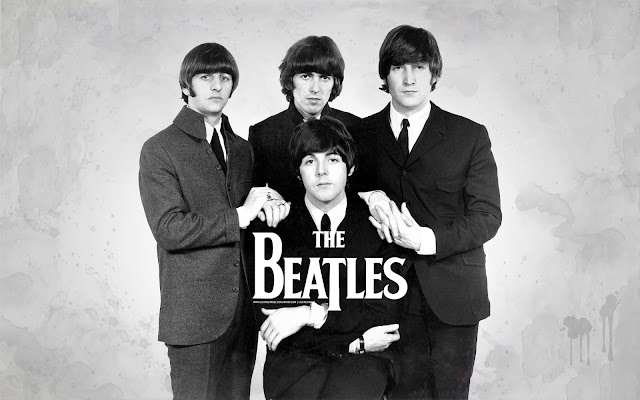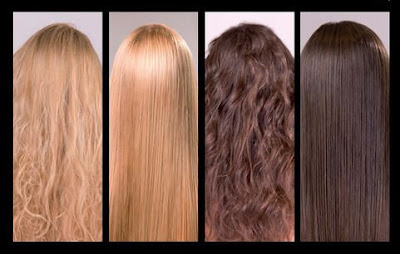A great imperial power, the Aztecs came to dominate
the Valley of Mexico in less than a hundred years. Egged on by bloodthirsty
gods, they were a warlike people, outstanding for their military skill and well
organized society. By the time the Spanish conquistador Hernan Cortes (1485 -
1547) arrived in 1519, the Aztecs and their allies were rulers of some 25
million people.
Rise of the Aztecs
The Aztecs were one of many tribes who invaded the Valley
of Mexico soon after the collapse of the Toltecs in the late 12th
century. They dominated the valley after 1438.
The Aztecs ruled over a network of city states.
Subject peoples made regular payments to their
Aztec overlords, in the form of maize, cacao, or cotton. As long as this “tribute” was paid, the peoples of the Valley of Mexico were left to govern themselves and to keep their customs.
Aztec overlords, in the form of maize, cacao, or cotton. As long as this “tribute” was paid, the peoples of the Valley of Mexico were left to govern themselves and to keep their customs.
When they won a war, the Aztecs killed many
prisoners as offerings to their gods. Aztecs believed that human sacrifices
were necessary in order for the universe to continue.
Aztecs on the eve of conquest
By the early 16th Century, the Aztec
empire was showing signs of weakness. Shortly before the arrival of Cortes,
priests and nobles were worried by a series of omens that seemed to forecast
Aztec decline. These omens included the rumbling of the volcano Popocatepetl.
The Aztecs believed that the god Quetzalcoatl had
been driven from his kingdom and would return to begin a golden age. When Cortes
arrived, they thought he was the god. But the noise of Popocatepetl seemed to be
an omen of defeat.
Aztec Society
Commoners lived in small mud houses and grew crops
on the marshes. They dressed and ate simply. The nobles were warriors, tribute
collectors and judges; they were rewarded for their services with land. Aztec
customs included an elaborate naming ceremony for newborn babies.
A city of canals and narrow streets, Tenochtitlan,
the Aztec capital was built on an island in Lake Texcoco. It was linked to the
land by three narrow causeways. The city was home to 200,000 people- four or
five times larger than any European city of that time. Most people lived in
small houses in the narrow streets surrounding an area of temples- the Great
Precinct
The emperor Montezuma II (c. 1466 – 1520) was unsure
if Cortes was Quetzalcoatl, and did not repel the Spanish when they arrived.
Cortes and his small army got as far as the capital, and Montezuma welcomed
them there. But the Spanish seized the emperor nad took him hostage. Montezuma
died in prison, the last Aztec ruler.
Conquest of the Aztecs
In April 1519, Cortes founded Veracruz on the coast
of the Gulf of Mexico, inside the Aztec empire. With his army of 600 men and 16
horses, he advanced towards Tenochtitlan, forging alliances with Aztec enemies.
By August 1521, the Spanish had occupied Tenochtitlan, after laying siege with
the help of many local soldiers.
The growing thirst for human sacrifice led Aztecs to
wage constant war on the neighboring Tlaxcalans. Four years before the arrival
of Cortes, the Tlaxcalans inflicted a heavy defeat on the Aztec armies, greatly
weakening the empire.










